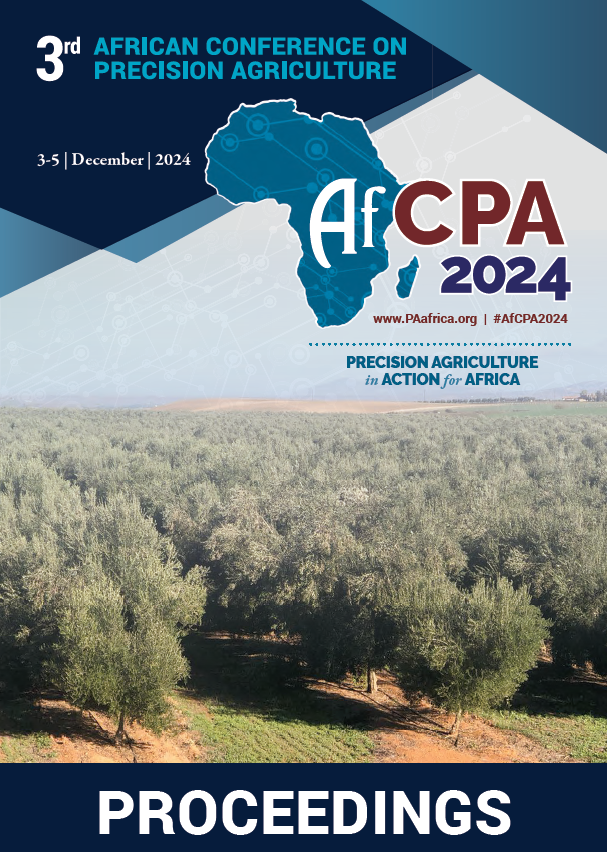Download the Conference Proceedings
Get your copy of the 2024 African Conference on Precision Agriculture Proceedings today! Download the PDF file and view all of the available proceedings.
Proceedings
Authors
| Filter results1 paper(s) found. |
|---|
1. Estimating greensnap yield damage with canopy reflectance: a case studyGrain yield reduction caused by storm-induced plant breakage (green snap) occurs often in corn fields. With climate change and an increasing frequency in the occurrence of extreme weather events, it is essential to develop methods that can accurately estimate green snap damage, so growers can be properly compensated by insurance companies for yield loss. Because plant breakage also affects crop canopy reflectance, this case study aimed to characterize the changes in crop canopy reflectance... G. Dias paiao, T.J. Nigon, F.G. Fernández, C. Cummings, S.L. Naeve |
